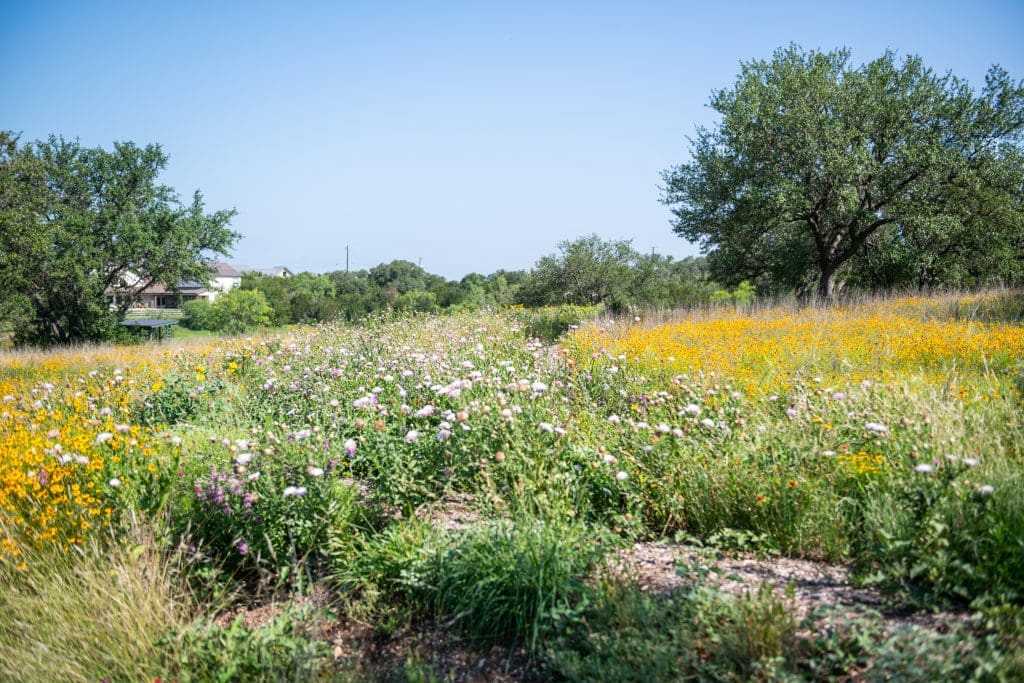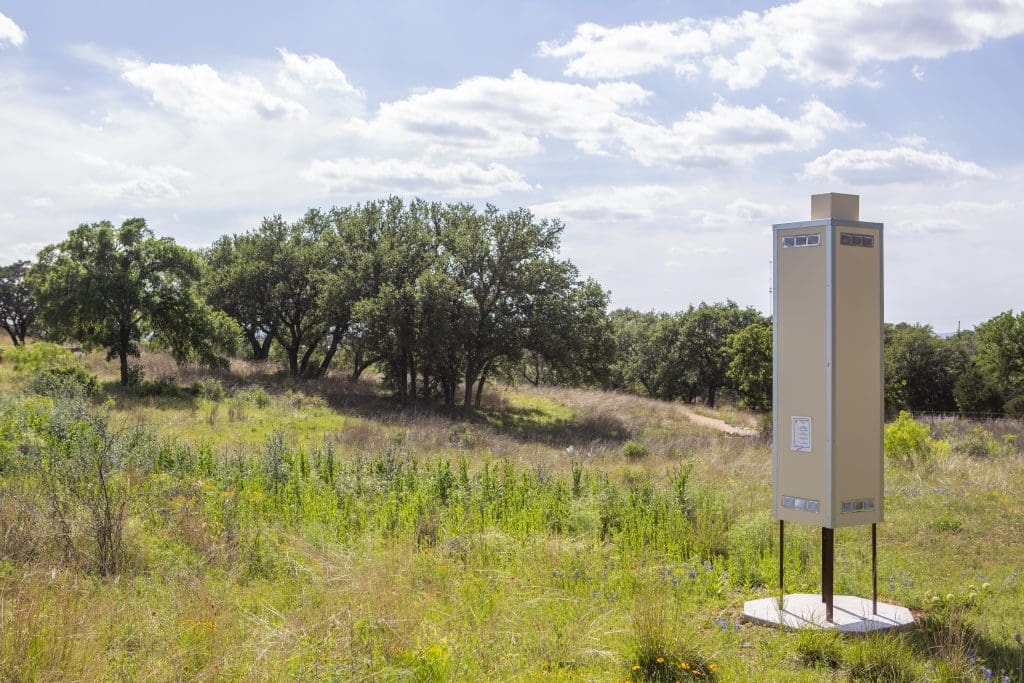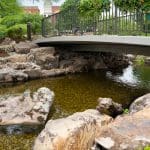
Central Texas is a prime area for development, but this 11-acre nature park has been preserved, allowing locals and area visitors to enjoy the mixed-grass prairie that once dominated the region.
From the design development through the installation phase, Twistleaf, based in Austin, Texas, has been at the heart of making this endangered ecosystem come to life, and for their team, winning a Gold Award in the 2023 Awards of Excellence is special.
“It is such an honor to have a project that we’re so proud of recognized by a national organization, composed of fellow peers and colleagues from our industry!” says Sarah Yant, designer and principal at Twistleaf. “We really put our heart and soul into the creation of Horseshoe Bay Nature Park, and we appreciate NALP acknowledging that.”

With the property being a public park, many decisions had to be discussed and agreed upon by various parties.
“The planning process for this park was extensive, as many conservation groups were involved in creating a vision for the property,” Yant says.”Before our firm undertook the design development phase, stakeholders from various local environmentally focused nonprofit organizations took part in a year-long conceptual planning process, including multiple site analyses that contained detailed reports and photography of existing vegetation, ecological zones, views, soils, trail layout, erosion, restoration needs, and potential uses.”
Twistleaf also helped the park board reach a wider audience with fundraising, collaborating on the website design, and creating the park map, with the primary goal of educating visitors on the importance of water conservation, birds, and pollinators.
The analysis results broke down the park into eight zones with differing ecological features to guide the design for each area of the property. In two of these areas, poor soil quality led to erosion, making it difficult for the existing prairie species to flourish.
“During the restoration, we constructed a series of berms and swales along the contours of the land,” Yant says “The berms were seeded with native Texas prairie grasses and wildflowers, naturally irrigated through rainfall and supplemental water collected in the swale. The deep, fibrous roots of the grasses stabilize the berm, reduce erosion, and filter pollutants.”

Another challenge was the invasive species that were infiltrating the park, especially in areas where the soil had degraded. After amending the soil with composted cow manure, these areas were heavily seeded with natives to outcompete the invasives. To monitor the invasives, a group of Master Naturalists continues to manage these areas with manual removal.
Dozens of native species inhabit the site, including a few that stand out.
“Antelope horns (Asclepias asperula) is a stunning species of milkweed with star-shaped flowers that is essential for the Monarch butterfly, as it is both the nectar source for the adult butterflies and the host plant for the caterpillars,” Yant says. “Another impactful plant we incorporated is the Texas thistle (Cirsium texanum). As a pioneer species, native thistles flourish in disturbed areas and are often among the first to reintroduce biodiversity.”
The site features a half-mile walking trail that forms a loop and helps visitors see the ecosystems up close. As Twistleaf built the trail, they were careful to minimize the impact on threatened plants and animals in the vicinity. Much of the materials for the site were in-kind donations, making it vital to coordinate the arrival of materials and stay on schedule.
Before the park was designed, local conservation groups had assessed the bird and bee populations on the property, so Twistleaf worked with these groups to install chimney swift towers, nesting boxes, and a wildlife watering station. Beehives and boxes were also placed on the property, along with a wildlife brush pile for additional shelter.

During the four months of construction, the crew worked through the Texas heat to make the design a reality, with lots of positive feedback from the community.
“Out-of-town visitors marvel at the beauty of the landscape with its diversity of wildflowers and vegetation, while members of the community appreciate the ease of the half-mile walking trail and enjoy the educational aspect of the park through its website and interpretive signage,” Yant says.
Twistleaf constructed the park in 2021, and in 2022, a severe drought caused slight concern for the residents as many of the native seeds remained dormant through the summer, causing the property to appear less than complete. However, their patience paid off as adequate rainfall came in 2023.
“This spring, the land was a golden sea of plains coreopsis (Coreopsis tinctoria) and cutleaf daisy (Engelmannia peristenia), two wildflower species iconic to the prairies of Central Texas.” Yant says.
For this community, the space offers a perfect setting for activities.
“The nature park is free for all users and has been used for stargazing gatherings (Horseshoe Bay is a Dark Sky Community, recognized by Dark Sky International), volunteer events, educational tours, and more,” Yant says. “Creating a place that contributes to a community’s health, wellness, and outdoor experience is incredibly rewarding!”
Interested in participating in the Awards of Excellence? Be sure to enter your projects when entries open on Feb. 5, 2024.



